- Home
- Articles
- Architectural Portfolio
- Architectral Presentation
- Inspirational Stories
- Architecture News
- Visualization
- BIM Industry
- Facade Design
- Parametric Design
- Career
- Landscape Architecture
- Construction
- Artificial Intelligence
- Sketching
- Design Softwares
- Diagrams
- Writing
- Architectural Tips
- Sustainability
- Courses
- Concept
- Technology
- History & Heritage
- Future of Architecture
- Guides & How-To
- Art & Culture
- Projects
- Interior Design
- Competitions
- Jobs
- Store
- Tools
- More
- Home
- Articles
- Architectural Portfolio
- Architectral Presentation
- Inspirational Stories
- Architecture News
- Visualization
- BIM Industry
- Facade Design
- Parametric Design
- Career
- Landscape Architecture
- Construction
- Artificial Intelligence
- Sketching
- Design Softwares
- Diagrams
- Writing
- Architectural Tips
- Sustainability
- Courses
- Concept
- Technology
- History & Heritage
- Future of Architecture
- Guides & How-To
- Art & Culture
- Projects
- Interior Design
- Competitions
- Jobs
- Store
- Tools
- More

In the ever-evolving realm of architecture and design, cutting-edge gadgets have transformed traditional methods, revolutionizing how architects bring their visions to life. Today, we’ll delve deep into some of the most beneficial gadgets that are indispensable for modern architects – the graphic tablet, 3D printers, laser distance measurers, and digital smart pens.
1. Graphic Tablet
Also known as a drawing tablet, this tool has reshaped the drafting process.
- Precision and Fluidity: Unlike using a mouse, a graphic tablet allows for more precise drawing movements, mimicking the experience of pen on paper. This ensures a more natural feel while sketching or rendering.
- Efficiency: With programmable buttons and varying pressure sensitivities, architects can quickly shift between tools or adjust brush strokes, thereby speeding up the design process.
- Integration with Software: Most professional graphic tablets are compatible with leading architectural software, making it an effortless transition for architects accustomed to digital design.

Credit: Artist 24fhd affordable large drawing display | XPPen Canada Official Store (storexppen.ca) One of the top contenders is the Wacom Cintiq Pro, known for its impeccable precision and vibrant display; it offers a highly responsive touch experience that feels natural for sketching and rendering. On the more portable end, the Apple iPad Pro, paired with the Apple Pencil, delivers a potent combination of performance, utility, and sleekness, making it an ideal choice for architects on-the-go. For those operating on a Windows environment and seeking a complete workstation, the Microsoft Surface Pro series stands out, offering the versatility of a laptop with the convenience of a tablet, supporting a range of architectural software natively. Lastly, the Samsung Galaxy Tab S7+ garners attention for its stunning AMOLED display and robust performance, along with the S Pen, which provides a smooth drawing experience. Ultimately, the best tablet for an architect will hinge on individual preferences, specific software requirements, and budgetary considerations.
2. 3D Printers
3D printers have taken tangible prototyping to an entirely new dimension.
- Visualization: By creating detailed 3D models, architects can present an accurate representation of their designs, making it easier for clients to visualize the final structure.
- Iterative Design: Quick prototyping means designs can be tweaked and re-printed multiple times, helping architects to refine and perfect their projects.
- Cost-effective: While the initial investment might be high, over time, producing multiple models becomes more affordable than traditional modeling materials and methods.

Credit: 3D printed architectural model : r/3Dprinting (reddit.com)
The Ultimaker S5 stands prominently in the professional segment, recognized for its dual-extrusion capabilities, high-quality builds, and seamless integration with design software, making it ideal for intricate architectural models. For those seeking an optimal balance between cost and performance, the Prusa i3 MK3S is a stellar choice; it’s an open-source printer known for its reliability, high-quality prints, and a supportive community. Lastly, the Formlabs Form 3 offers a unique approach with its SLA (Stereolithography) technology, delivering exceptionally detailed and smooth surface finishes that are crucial for detailed architectural models. With the rapid evolution of 3D printing technology, architects should prioritize factors such as build volume, material compatibility, and post-processing requirements when choosing the perfect printer for their needs.
3. Laser Distance Measurer
Goodbye tape measure, hello laser precision!
- Accuracy: These devices offer pinpoint precision, ensuring measurements are exact. This can be critical in spaces where even a centimeter can make a difference.
- Rapid Measurements: Measuring large distances becomes a task of seconds, not minutes. The laser beam travels quickly, providing instant readings.
- Safety and Accessibility: Measuring high ceilings or across large spaces is no longer a risky chore. A laser measurer can take readings from a distance, reducing the need for ladders or other equipment.

Credit: e-architect.com/articles/guide-to-buying-the-best-laser-measure
4. Digital Smart Pens
Bridging the gap between analog and digital, these pens are a boon for architects.
- Digital Archiving: While many architects love the feel of sketching on paper, digital smart pens record these sketches and convert them into digital files. This ensures that all ideas are archived and easily accessible.
- On-the-go Designing: Compact and easy to carry, these pens allow architects to sketch anywhere, anytime, without worrying about scanning or redrawing later.
- Integration with Apps: Many digital smart pens come with associated apps, allowing for further editing, coloring, or sharing directly from a mobile device.
As technology continues to permeate every aspect of our lives, the field of architecture isn’t left behind. These gadgets not only enhance efficiency and accuracy but also unlock unprecedented creative potential. Whether you’re a seasoned architect or a student in the field, embracing these tools can elevate your design process and lead to more innovative and precise architectural solutions.

Submit your architectural projects
Follow these steps for submission your project. Submission FormLatest Posts
Top Architecture Magazines Every Architect Should Read Today
Architecture magazines remain vital platforms for critical thought, cultural reflection, and professional...
Using Textured Concrete to Achieve Wood Aesthetics in Architectural Hardscaping
In contemporary landscape and architectural design, material expression plays a crucial role...
Pedestrian Accidents Without a Crosswalk: Can You Still Recover Compensation?
Getting hit while crossing outside a crosswalk can feel like an instant...
8 Examples of Successful Disaster Resilient Architecture
As climate risks increase, architects around the world are creating innovative structures...


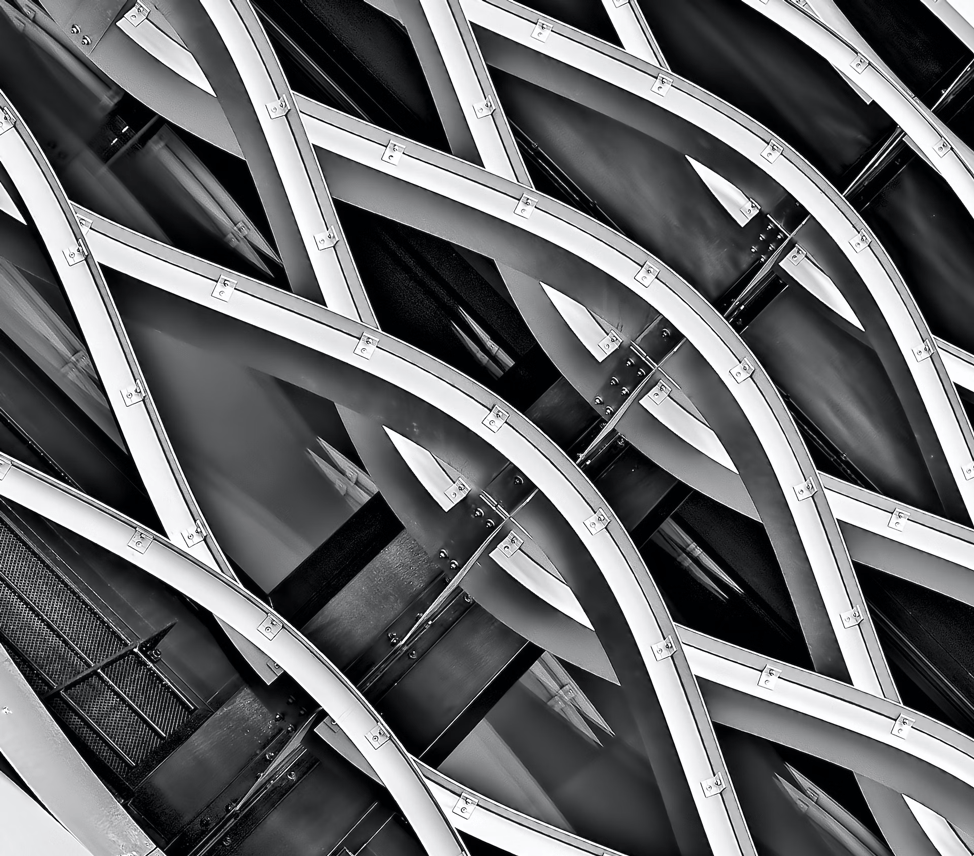

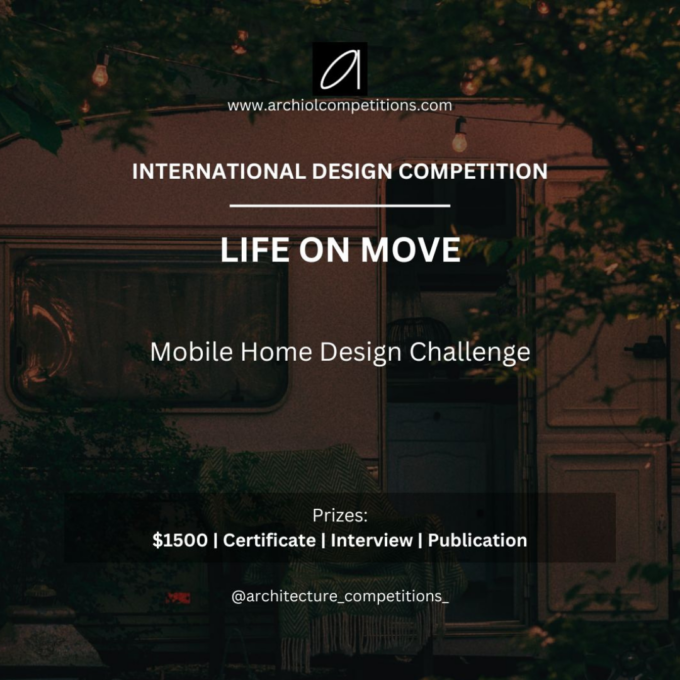
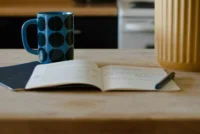
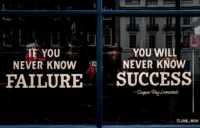



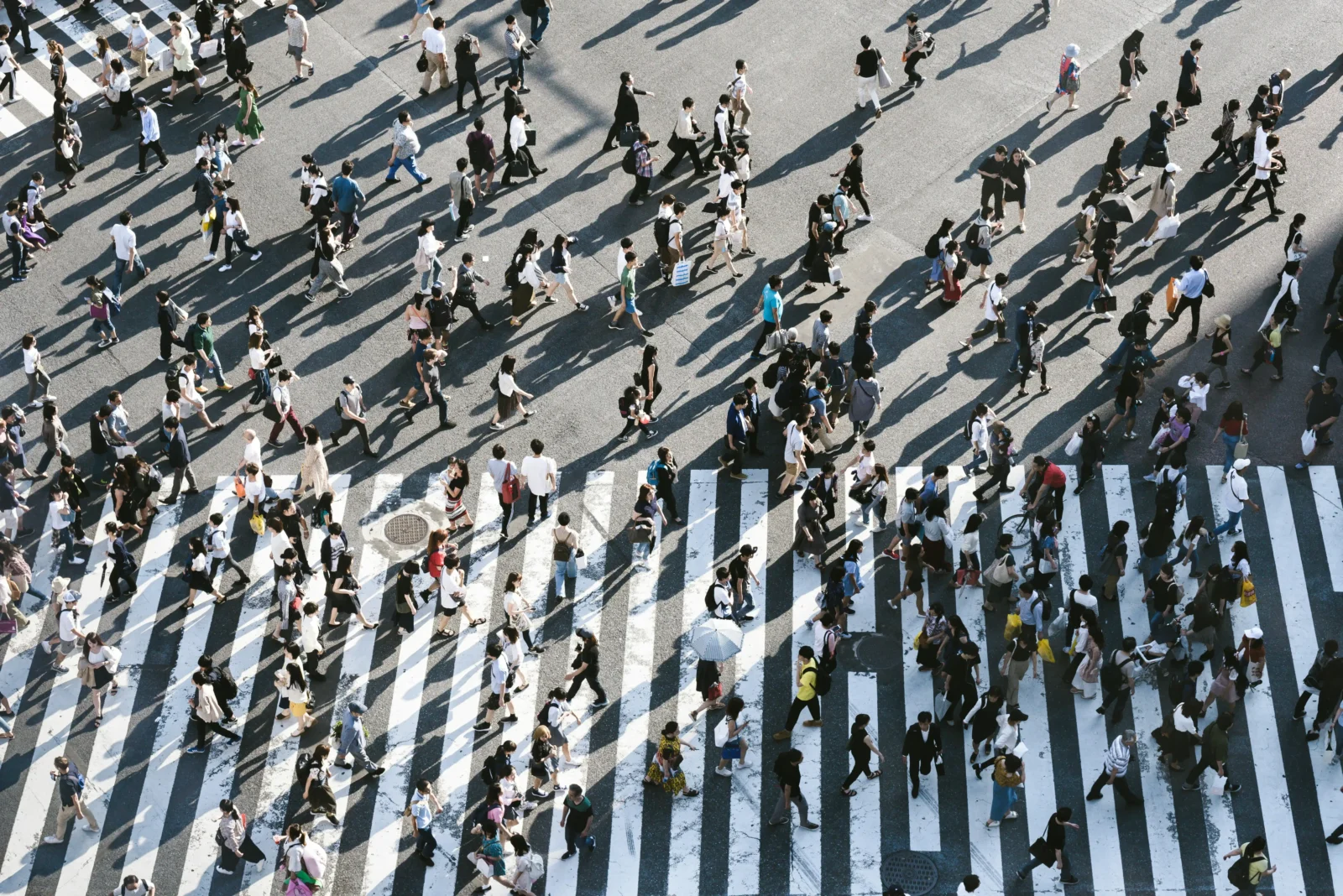
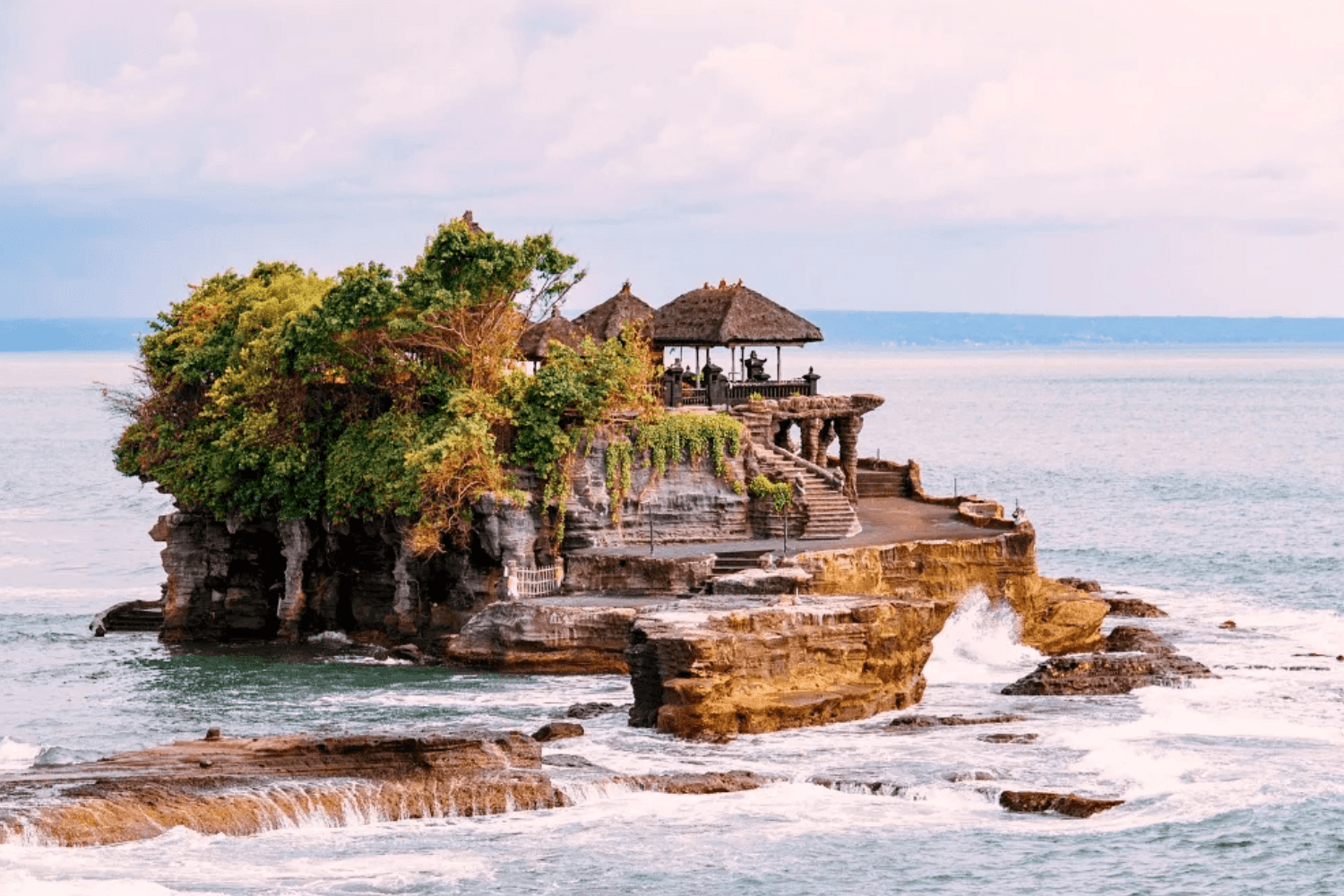
Leave a comment